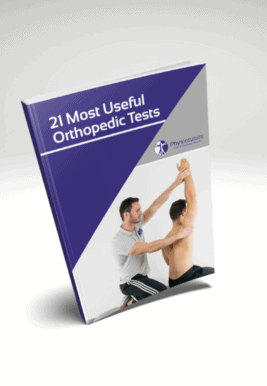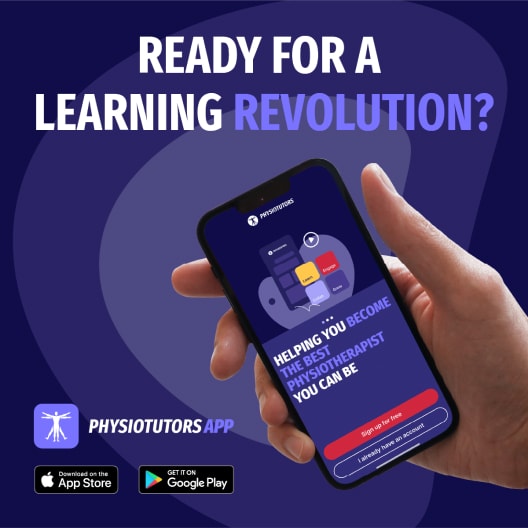Learn
Seated Piriformis Stretch Test | Piriformis Syndrome | Deep Gluteal Syndrome Hip
Deep gluteal syndrome, abbreviated as DGS is defined as pain in the buttock area caused by a non-discogenic entrapment of the sciatic nerve in the subgluteal space.
The structures that can be involved in sciatic nerve entrapment are not only the piriformis but also fibrous bands containing blood vessels, gluteal muscles, hamstring muscles, the gemelli-obturator internus complex, vascular abnormalities and space-occupying lesions. For this reason, the term “deep gluteal syndrome” instead of “pirformis syndrome” is now preferred.
Commonly reported symptoms include hip or buttock pain and tenderness in the gluteal and retro-trochanteric region. The pain is often described to be sciatica-like, often unilateral and exacerbated with rotation of the hip in flexion and knee extension. Other symptoms include intolerance of sitting for more than 20 to 30 minutes, limping, disturbed or loss of sensation in the affected extremity and pain at night getting better during the day.
According to a study done by Martin et al. (2013), the seated piriformis stretch test had a sensitivity of 52% and a specificity of 90% in the diagnosis of endoscopically confirmed sciatic nerve entrapment. This is the only study evaluating this test yet, which is why we give this test a moderate clinical value to confirm the condition in practice.
Before you conduct the test, make sure you have examined and excluded more prevalent pathologies in the lumbar spine and SI joint that could explain the patient’s symptoms.
To perform the test, have the patient in sitting position over the edge of the examination table with the hip flexed to approximately 90 degrees and the knee extended. While palpating the sciatic notch, the examiner adducts and internally rotates the limb.
The seated piriformis stretch test is thought to lengthen the deep rotators of the hip joint and create dural tension of the sciatic nerve in an effort to elicit familiar pain.The test is positive if the patient’s familiar complaints of gluteal pain and/or paraesthesia radiating into the posterior aspect of the lower extremity are reproduced.
Other common tests to assess for deep gluteal syndrome are:
- Heel Contralateral Knee (HCLK) maneuver
- Pace Maneuver
- Freiberg Sign
- FAIR Test
- Piriformis Test
- Beatty Maneuver
- Active Piriformis Test
21 OF THE MOST USEFUL ORTHOPAEDIC TESTS IN CLINICAL PRACTICE

Like what you’re learning?
BUY THE FULL PHYSIOTUTORS ASSESSMENT BOOK
- 600+ Pages e-Book
- Interactive Content (Direct Video Demonstration, PubMed articles)
- Statistical Values for all Special Tests from the latest research
- Available in 🇬🇧 🇩🇪 🇫🇷 🇪🇸 🇮🇹 🇵🇹 🇹🇷
- And much more!








